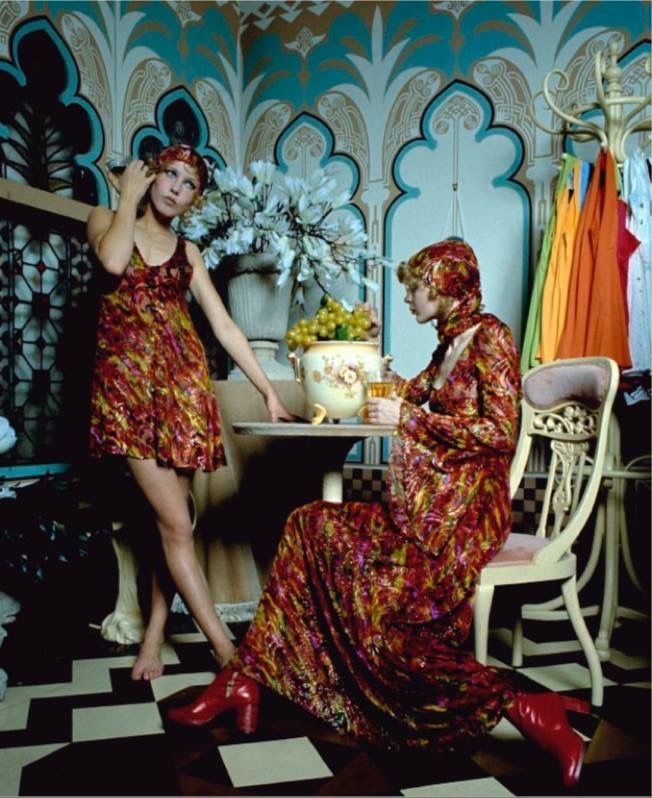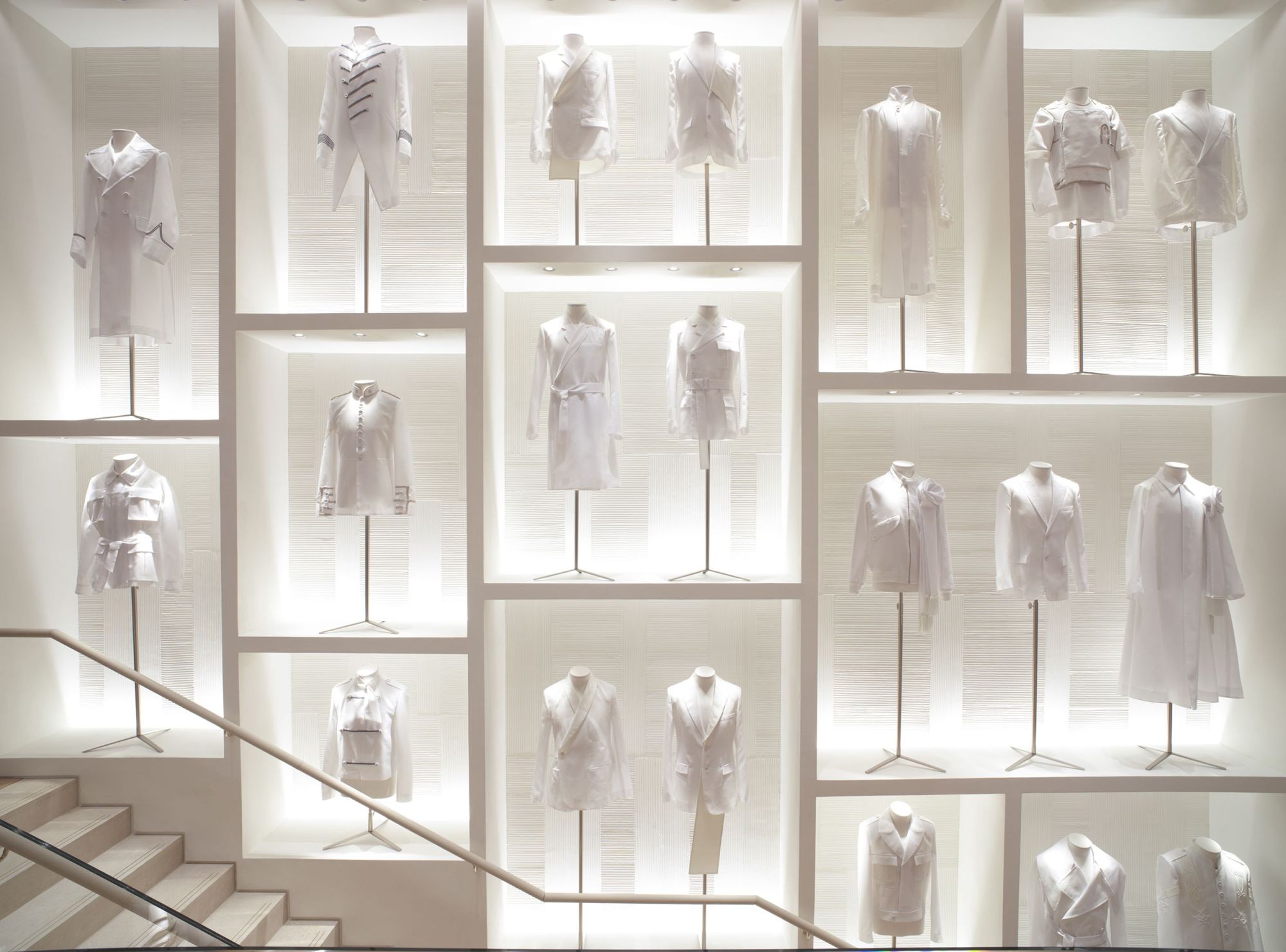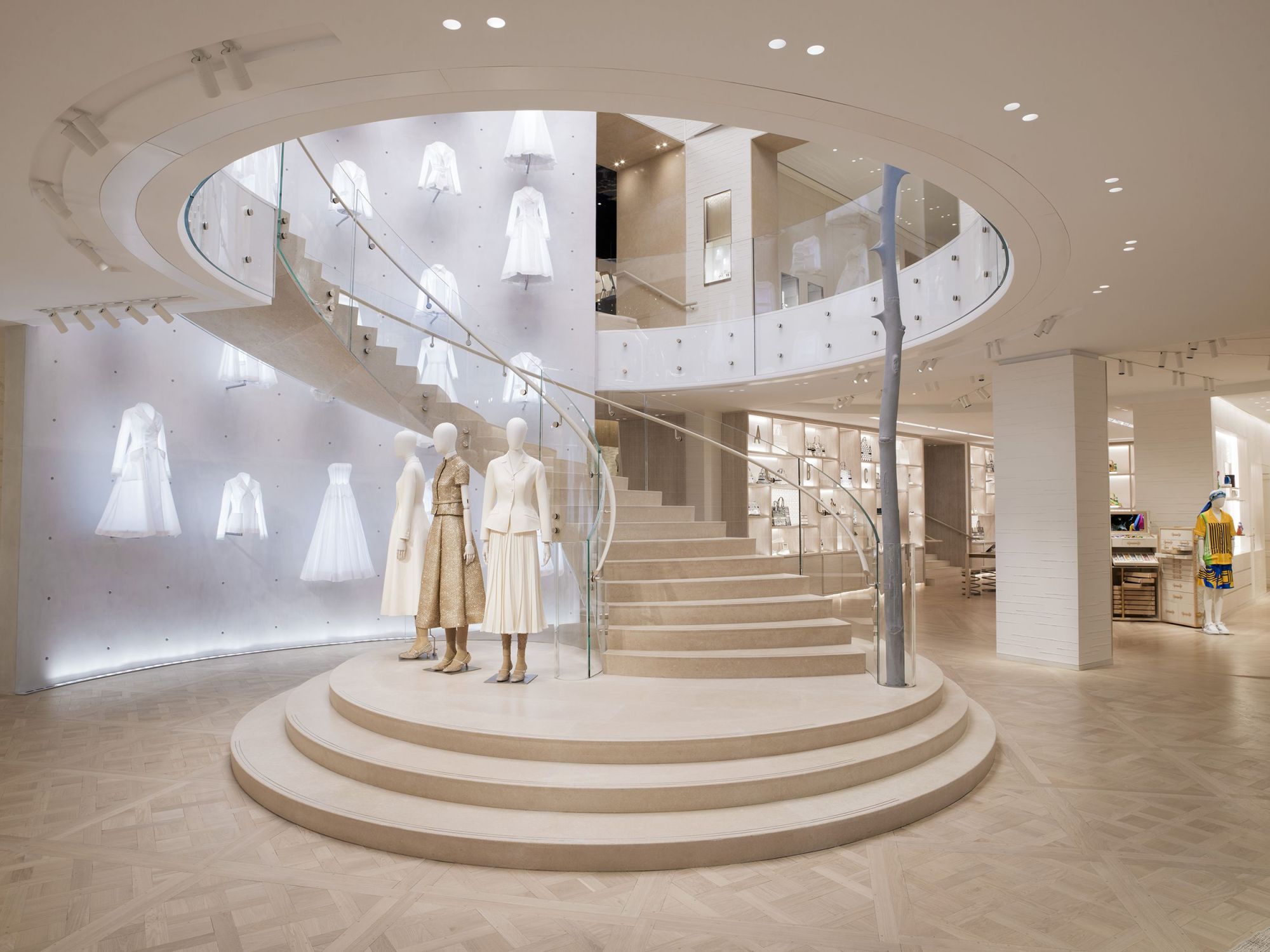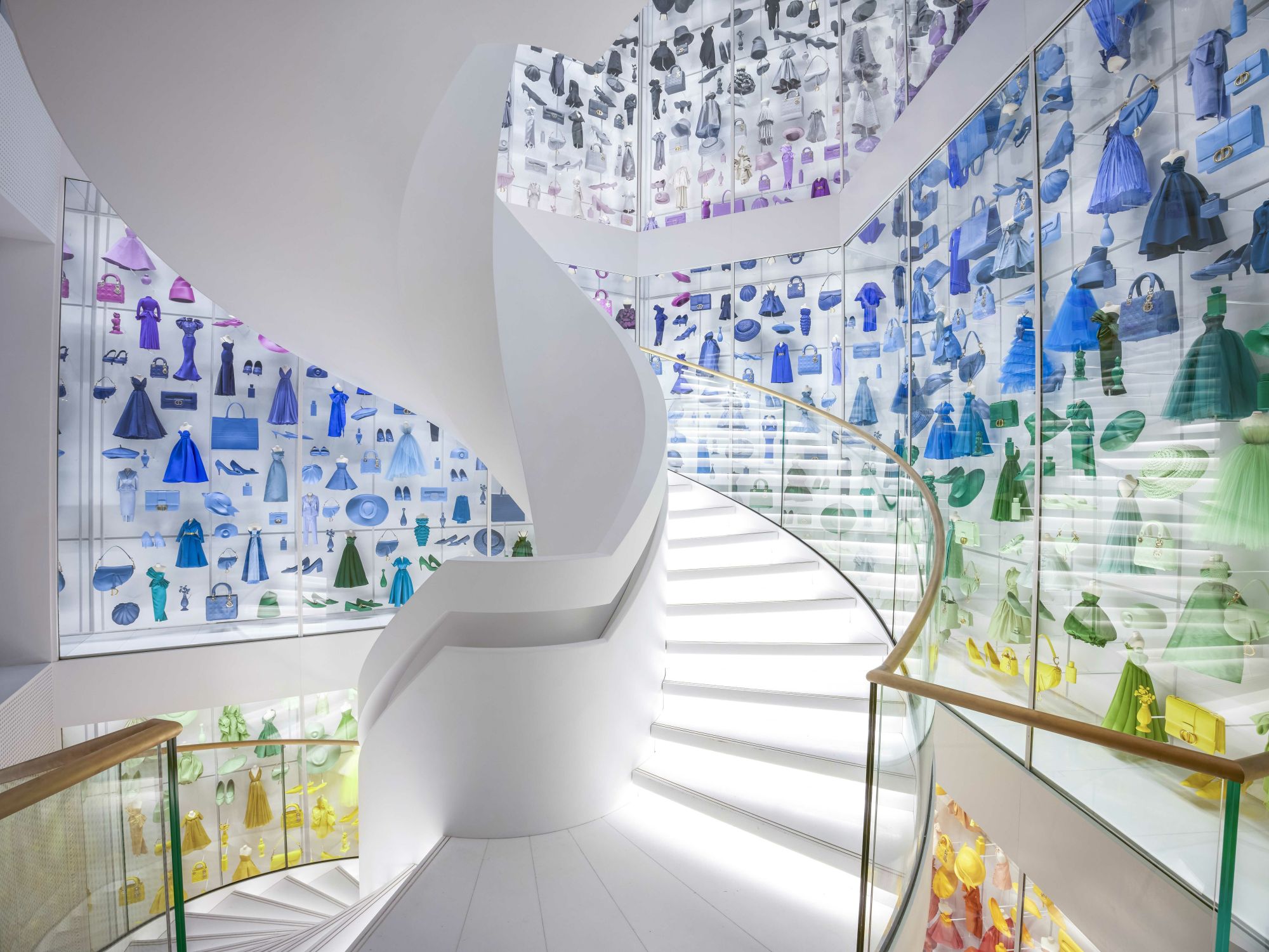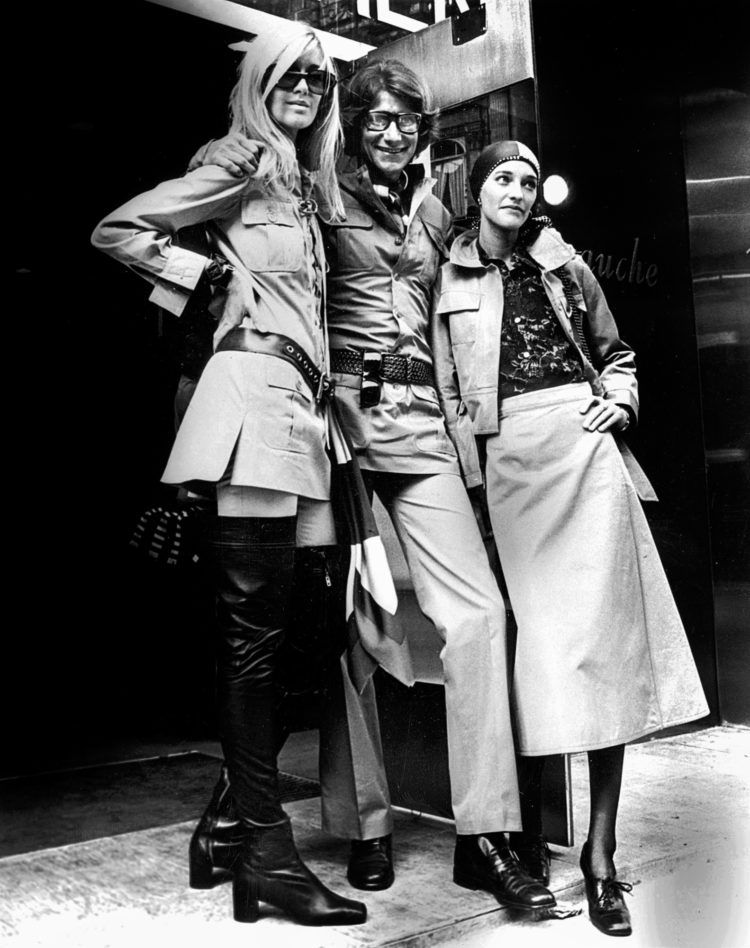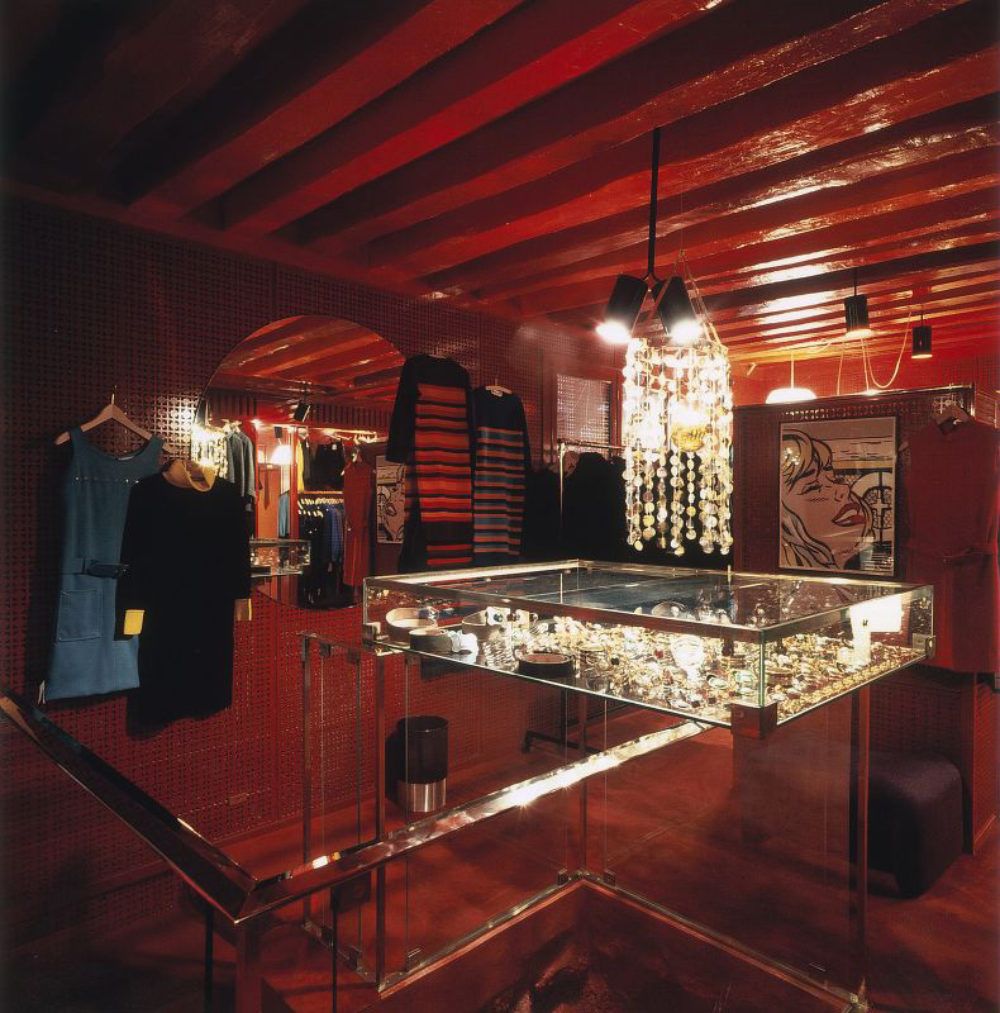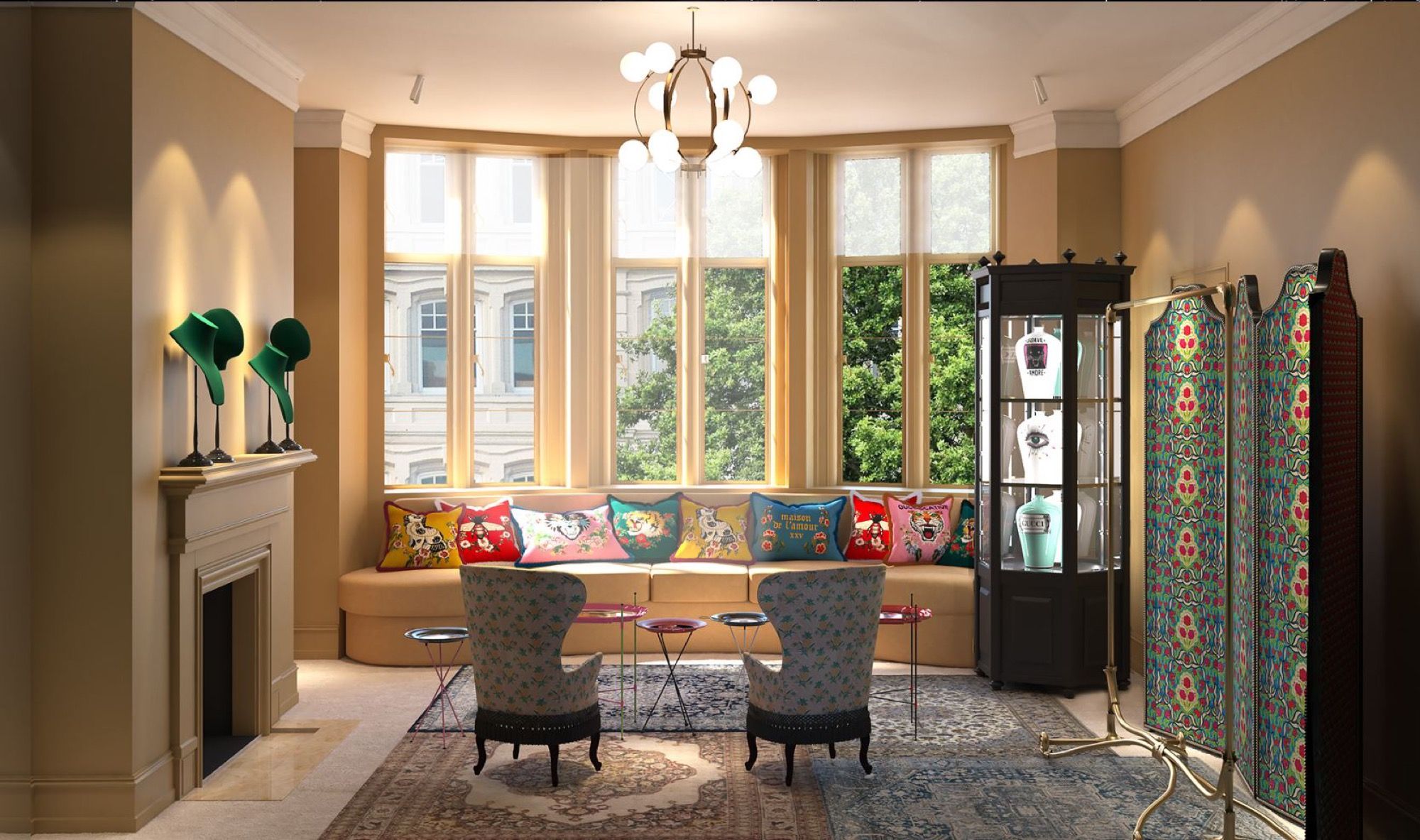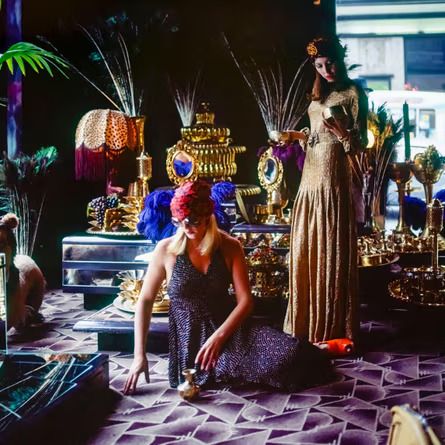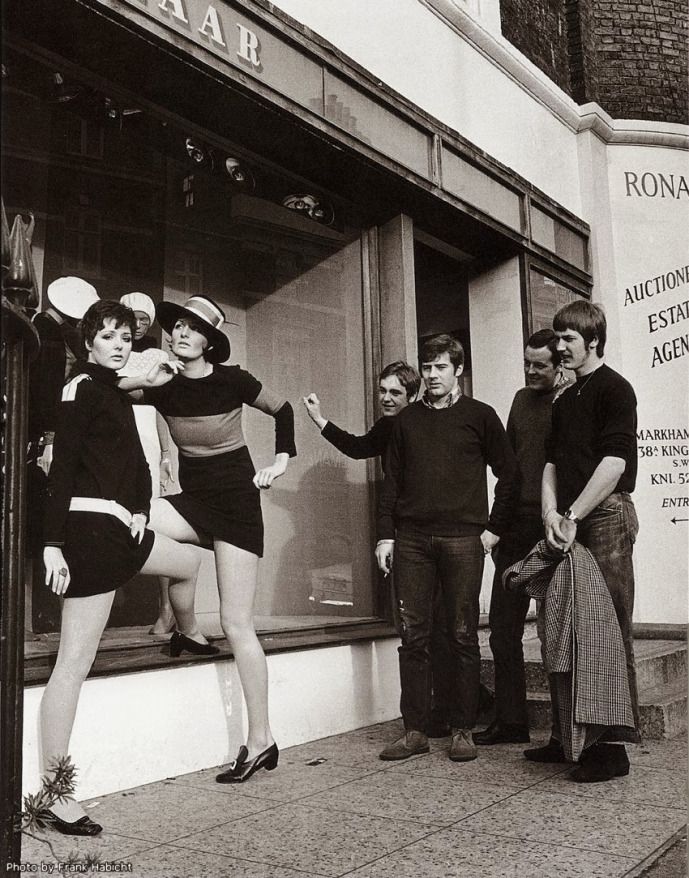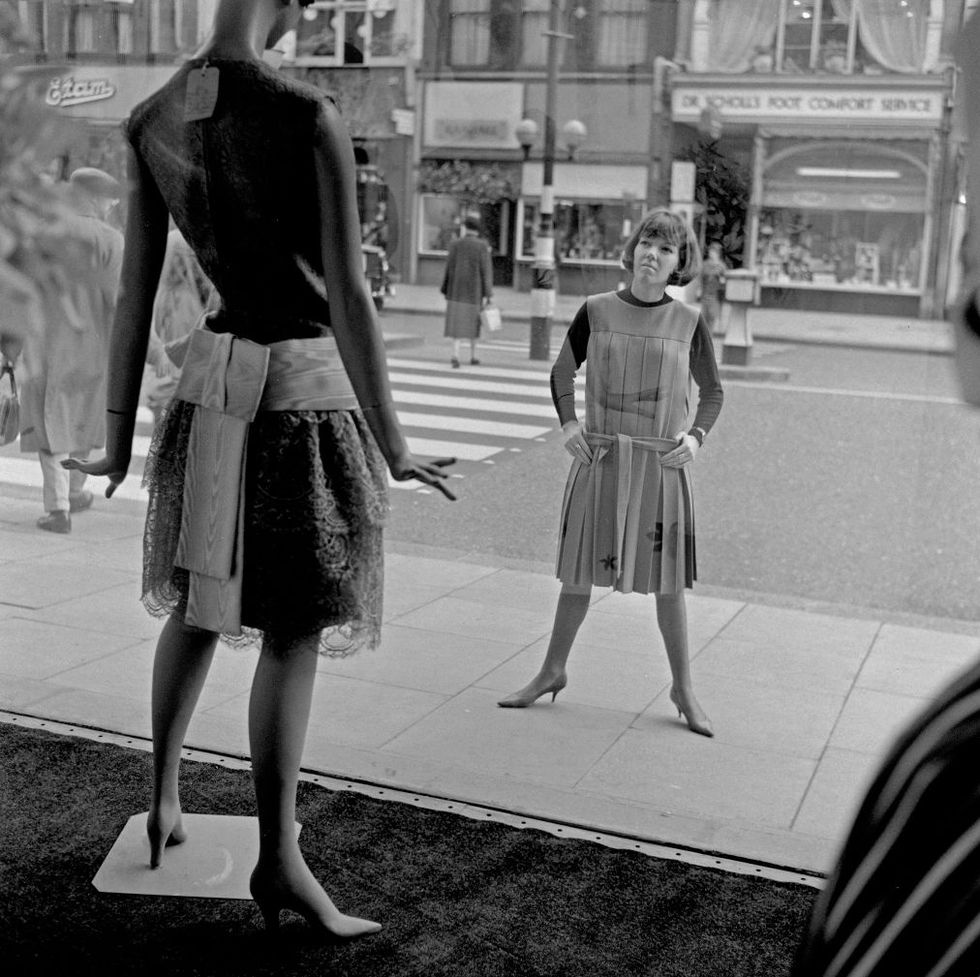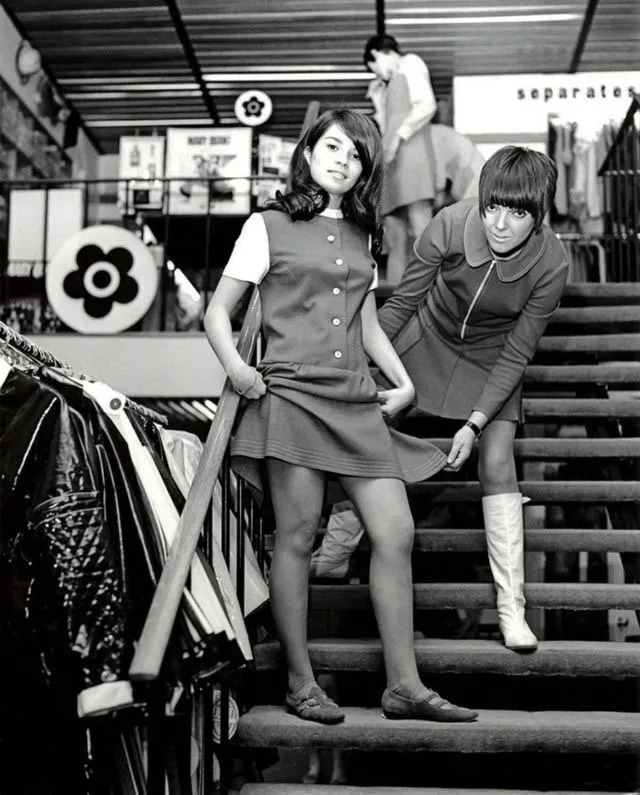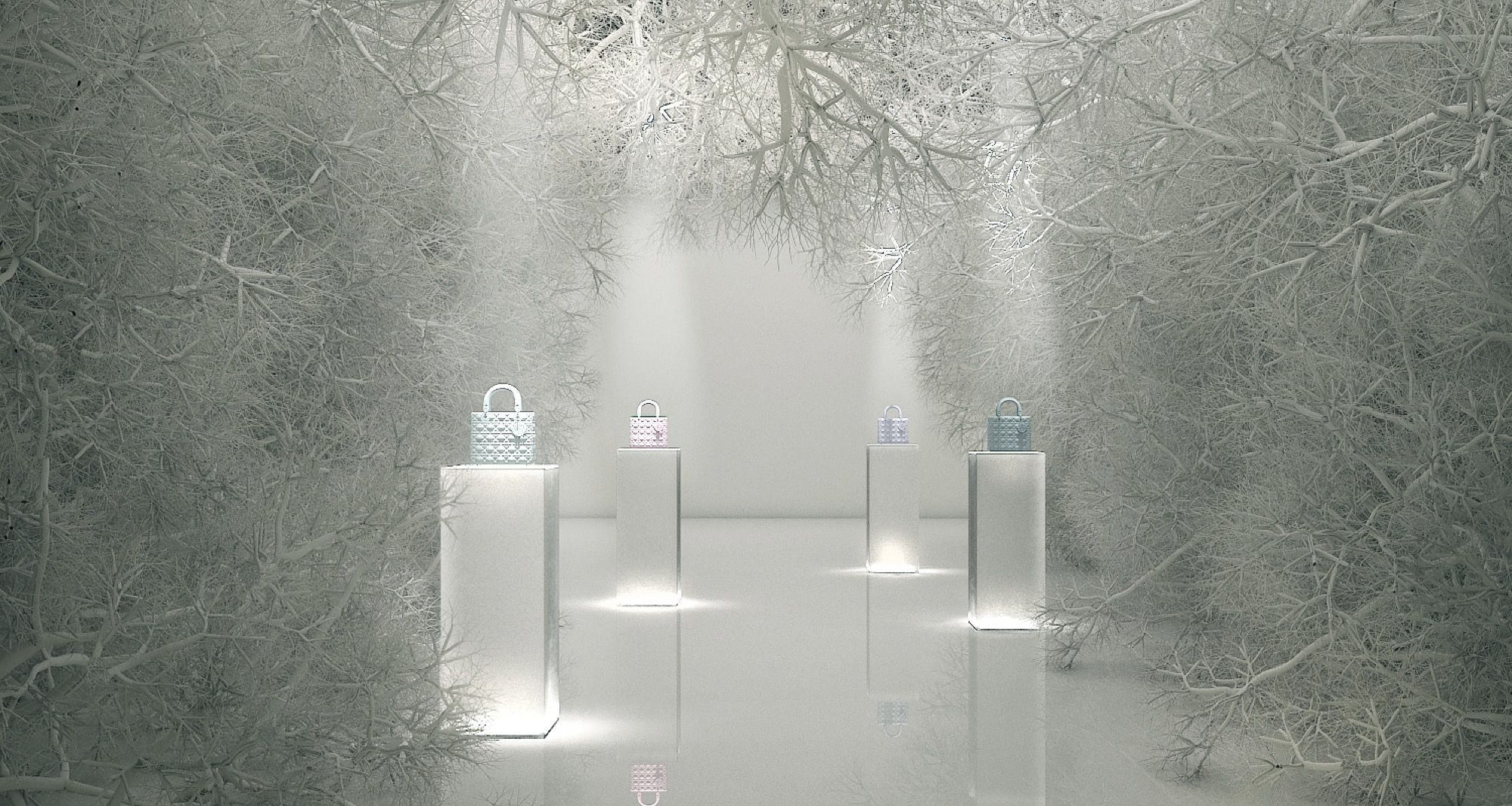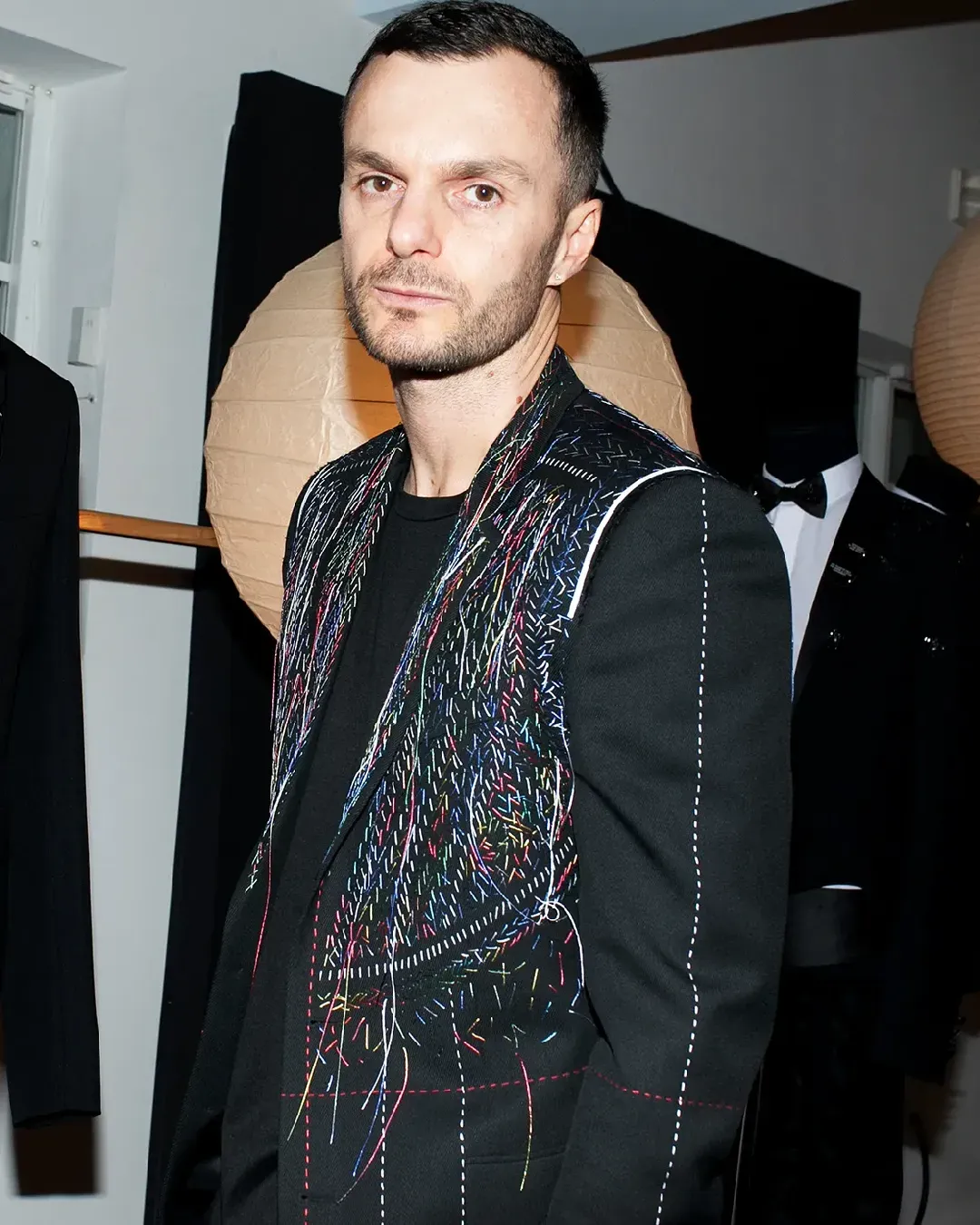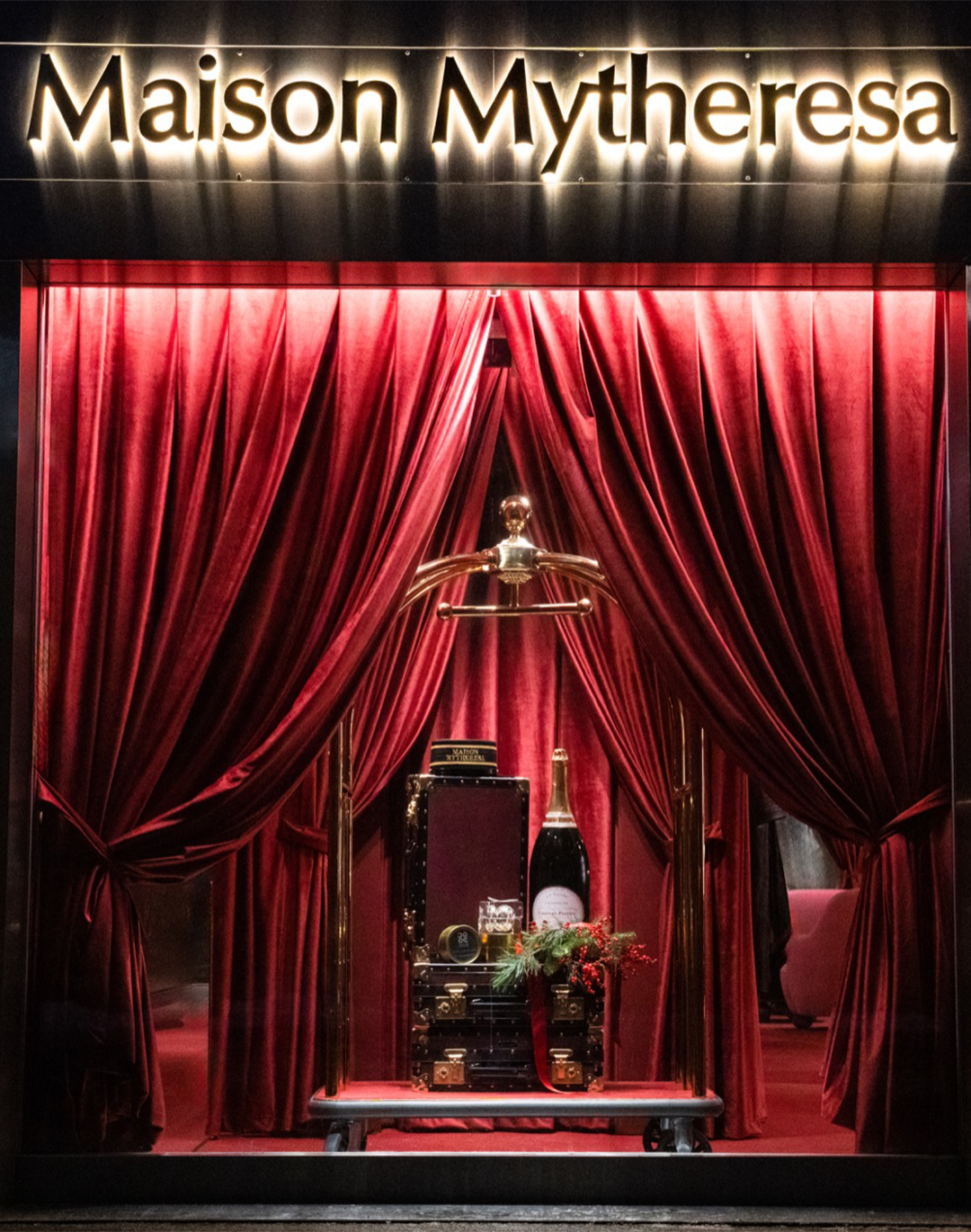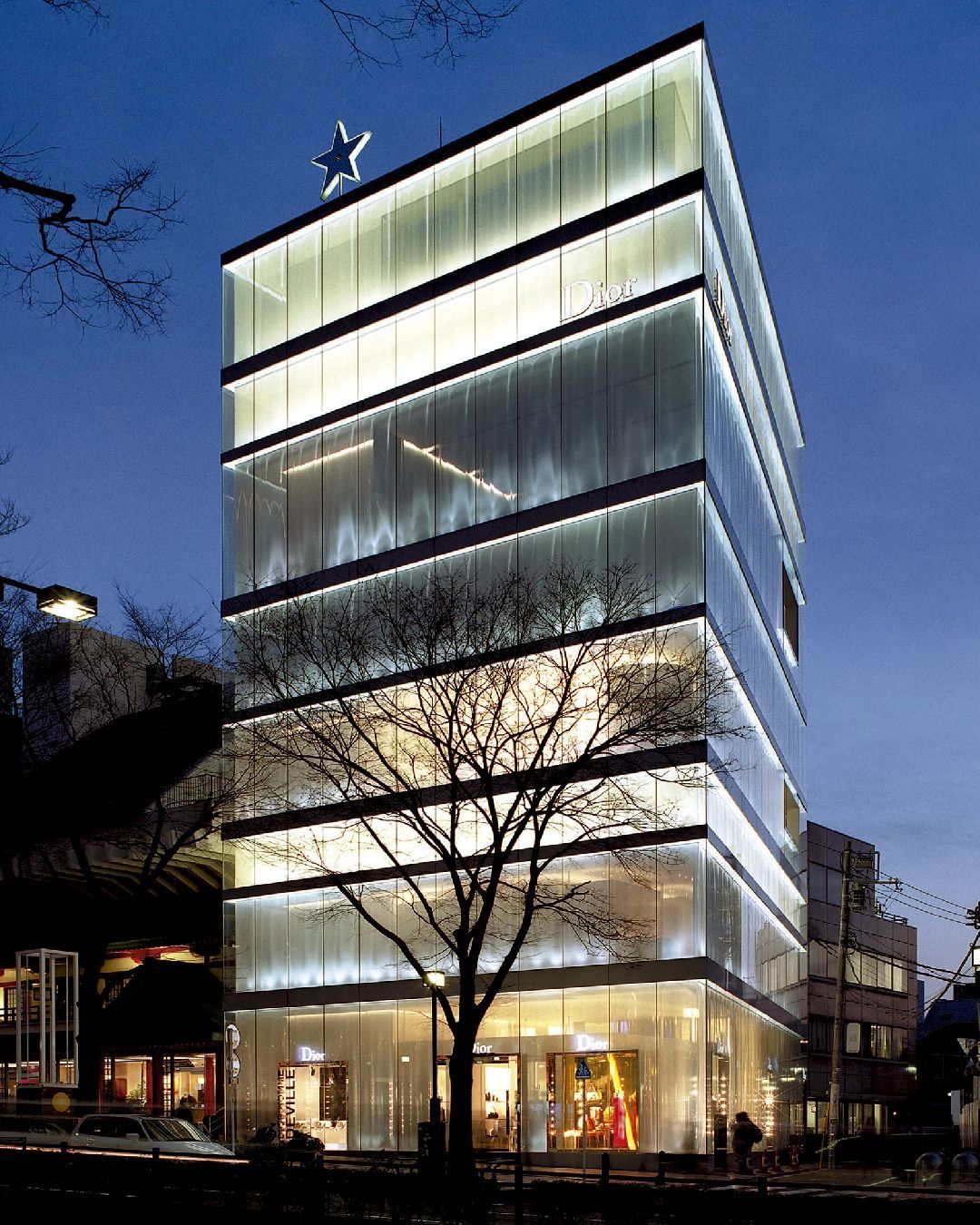
How to become a luxury boutique designer Interview with Eugenia Foti, interior designer for Dior
Tell me what you buy and I'll tell you who you are. Or rather, tell me where. Before clubs and social media became the main spaces for subcultures, boutiques were the places to discover the latest fashion trends. And it wasn't about what was hanging on the racks, but what the customers were wearing, how they behaved inside the store, the atmosphere. Street style as we know it today took shape in the early 1960s, when Mary Quant opened Bazaar (she actually did in 1955), when Barbara Hulanicki opened Biba, and when Yves Saint Laurent opened Rive Gauche. Three boutiques that forever changed the way we shop, led by young designers, standard-bearers of women's liberation through clothes. Pushing against the austerity of high fashion, Biba, Bazaar, and Rive Gauche weren't just stores, they were places to have fun, listen to good music, and catch up on the latest trends. The bright colors of the shop windows reflected the personality of the talents frequenting the three stores, like muses Lou Lou de la Falaise and Betty Catroux at the Paris boutique, or the Rolling Stones and the Beatles across the channel. Visiting Biba, Bazaar, or Rive Gauche meant accessing the world of the Swinging Sixties and 70s Hippie fashion, being part of a community whose image remains iconic to this day. Today discovering a store, studying its window, interacting with the salespeople and the items offered is called customer experience, a term that encompasses all the steps leading to a purchase. Apart from e-commerce, our shopping experience greatly influences our final decision because, just like a rude sales assistant, even a poorly lit mirror can convince us to abandon our cart. If designers used to choose the design of their own boutique, today there are professional profiles dedicated to combining creativity and practicality to meet the needs of a customer even before they walk through the door. A constantly changing profession, now more than ever following the laws of social media and computerisation, we asked how to become a luxury boutique designer to Eugenia Foti, who in almost ten years of career has designed spaces for houses like Gucci, Valentino, and Dior.
With a degree in interior design from the Istituto Marangoni, before diving into the world of fashion Foti did the infamous «gavetta (apprenticeship)» in architecture studios, where she was able perfect her 3D drawing skills. She says what helped her catch Gucci's attention was having a solid portfolio and a specialisation, but adds that without perseverance and passion, her career would have stopped much earlier. «It always starts with research, on the concept, on materials, and on the vision of the spaces», says the designer, describing how, although her work is now computerised («I still watch videos on how to improve on 3D from morning to night»), the initial inspiration often still comes far from screens and keyboards, among the art exhibitions and installations she discovers around the world. From there, the technique comes into play: attention must be paid «to the position of all elements, to best favour the customer experience». At Dior, for example, on the occasion of the arrival of the Riviera collection in the boutique, shell-shaped sculptures were displayed inside the store to accompany the new line with a poetic image but also, of course, to encourage the visitor to discover it.
To date, Foti says, the most notable change she has observed in the world of interior design has to do with social media, as with every transformation in the fashion world. From fashion shows to boutiques, it's increasingly rare for a brand to turn their back on an “Instagrammable moment”, whether it's an interactive installation or an impactful artwork capable of capturing likes and tasty interactions. «I don't know if I agree» comments the designer. «A boutique must be beautiful in general». Foti gives the example of her favourite store, Dior in Avenue Montaigne, the first in the maison's history where you can closely observe the designer's first sketches in their entirety, as well as take a photo next to the giant flowers in the center of the boutique. «I was very impressed that next to the store there is the Galerie Dior which is architecturally beautiful. The space transmits many emotions because it is really a museum, where it all began. It's a real dive into history».
Like design, fashion, and art, the world of interiors has changed, more than ever linked to media impact, but not stuck in an algorithmic and repetitive hallucination. Far from temporary plastic installations and architectures copied from some corner of the internet, there are still breathtaking spaces like Bottega Veneta in Corso Vittorio Emanuele in Italian walnut wood and Verde Saint Denis marble, the skyscraper of mirrors by Prada in Tokyo, or the red and white labyrinth of Comme des Garçons in Paris. For anyone wanting to land in a brand's universe and work on the interior design of their boutiques, creativity alone is not enough, Foti recommends. «I think there is always demand, if someone is passionate about architecture and fashion they can do it. It's not very easy, but if you have the passion and the desire to continuously learn new programs (technology is always advancing, now there is also artificial intelligence) you can succeed». Sure, it will now be rare to meet Mick Jagger or Paul McCartney in the boutique rooms like in the '60s at Rive Gauche or Bazaar, though.










































